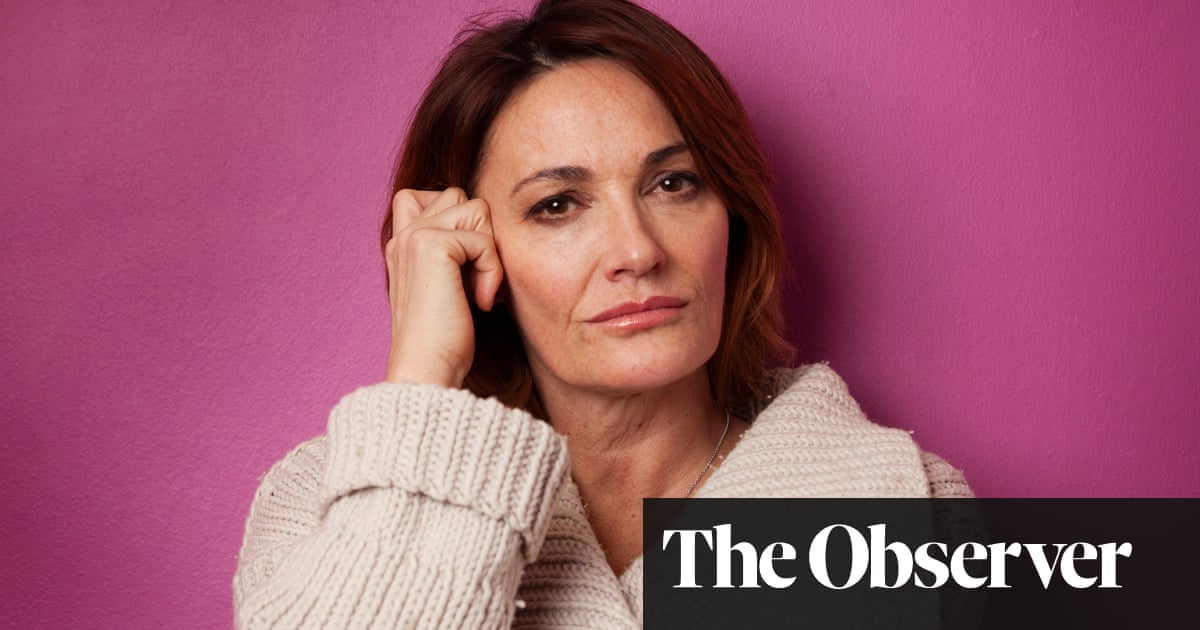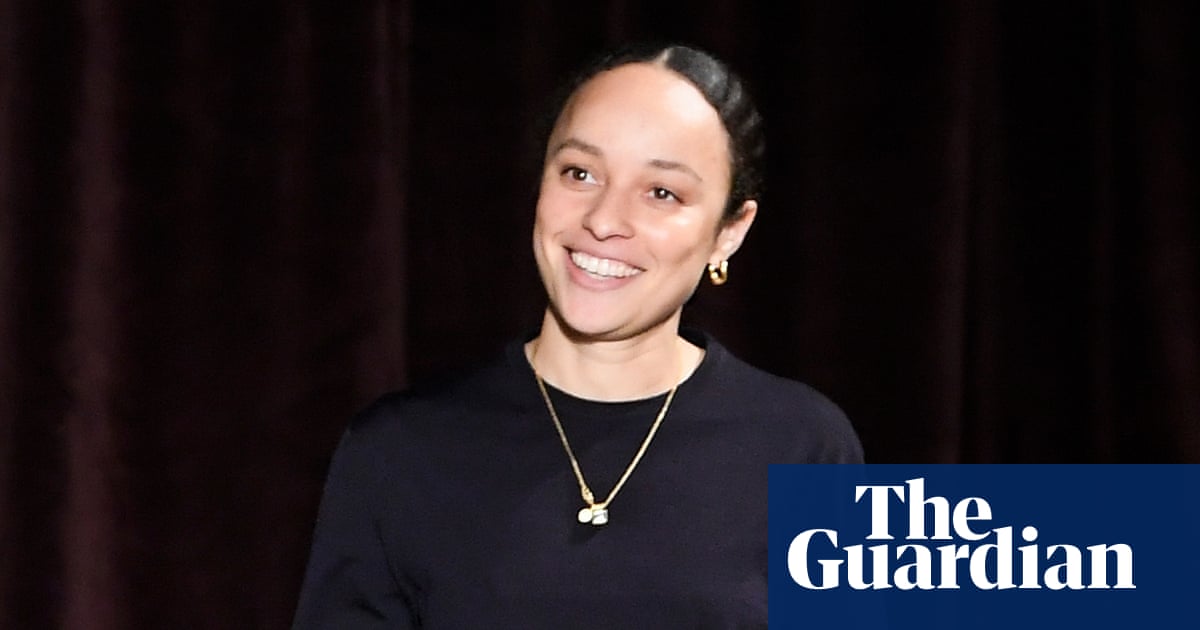
I’m a literary agent and at the height of last year’s Black Lives Matter protests I was sent a list, with accompanying photographs, of the top editors working across the major publishing houses in the UK. When I read it I burst into tears. It showed a sea of almost totally white faces, some of whom had been approaching retirement when I started out as an editorial assistant 20 years earlier. The stagnation in the industry was stark and filled me with despair.
Analysis of the industry since then, partly led by pressure from BLM and an open letter from the Black Writers Guild, has only further highlighted this imbalance. Two of the biggest global publishers, Penguin Random House and Hachette, revealed that just 2.7% of their staff – in both cases – are black; and the Guardian reported that you are eight times more likely to see an animal as lead character in a children’s book than a person of colour.
In a modern, multicultural nation, the whiteness of the industry matters. This summer, the bestselling author Kate Clanchy chose to rewrite her memoir after an outcry over her portrayal of minority-ethnic children. Her book, Some Kids I Taught and What They Taught Me, used racialised terminology such as “chocolate-coloured skin”, it referred to one student as “African Jonathon”, a Somali child as having a “narrow skull” and described another as being “so small and square and Afghan with his big nose and premature moustache”.
I’ve sat in weekly new business meetings across three of the five major publishing houses week in week out for decades, invariably surrounded by all-white teams who between them not only decide what should and shouldn’t be published but also give final signoff to books before they’re printed. For me, and other people of colour in the industry, this was the moment we’ve been sounding the alarm bell about for years.
The furore about Clanchy on social media left me astonished. I watched in horror as posters argued ferociously over whether it’s OK or not to comment on the shape of a black child’s skull. People raged, asking how Clanchy’s use of language could have been published. For me, the answer could be found easily in that white-dominated editors’ list, and the fact that, for years, loud and growing calls to diversify its teams have been pretty much ignored. No wonder the industry today finds itself in a complete mess on race.
There is a crippling and toxic silence around everyday racism and how it manifests in the media: erasure, sidelining, stunting of careers, the sheer mental exhaustion of operating daily in a predominantly white space and the routine grind of being marginalised. A couple of years ago I left one of the major publishers and now work from my two-up two-down in Wales, supporting talent behind the scenes.
I focused instead on agenting David Harewood’s memoir and its important, groundbreaking discussion of black mental health. And I worked with Lenny Henry on his first novel for children, about a black child who is able to fly – helping to address that lack of black lead characters.
I empathise with Vanessa Kingori, the black chief business officer at Condé Nast, who says that when she joined Vogue at the same time as editor-in-chief Edward Enninful, their joint aspiration “was always to normalise the marginalised”.
Meanwhile, I’ve observed within publishing the increasing mention and use of “sensitivity readers”. What on earth are they, you might ask. Essentially a little freelance cottage industry of marginalised folk has sprung up, post-Clanchy, to check that books aren’t racist, disablist or any other -ist before they’re sent to print.
What this means is that the predominantly white editors commissioning and publishing books featuring characters from diverse backgrounds are now checking these books with readers from these backgrounds in order to ensure publication does not cause accidental offence.
And backlist titles, too, are being rethought – a recent example being that of an east Asian character from David Walliams’ The World’s Worst Children. It is now published without the character Brian Wong, Who Was Never, Ever Wrong, following a complaint from a reader who had picked up on the way Brian had been illustrated, wearing glasses and with “small eyes”.
But, for me, “sensitivity readers” are an inadequate, sticking-plaster solution. Why use freelancers when you could actually fully employ commissioning editors and publishers of all backgrounds? Shouldn’t there be enough diversity within the industry itself to ensure work can be properly checked for sensitivity? Given the industry seems incapable of this, perhaps it needs an independent body to advise it on equality and monitor progress.
As a black, straight woman who commissioned and edited a memoir by a white, gay man (that sold more than 450,000 copies with not a sensitivity reader in sight), I’d say that we have far more in common as human beings than differences. I don’t feel like a minority: there are lots of people around the world who look like me. Sharing all of our stories with respect and sensitivity really shouldn’t be this hard.
Natalie Jerome is a literary agent, deputy chair of Literature Wales, and a former publisher












